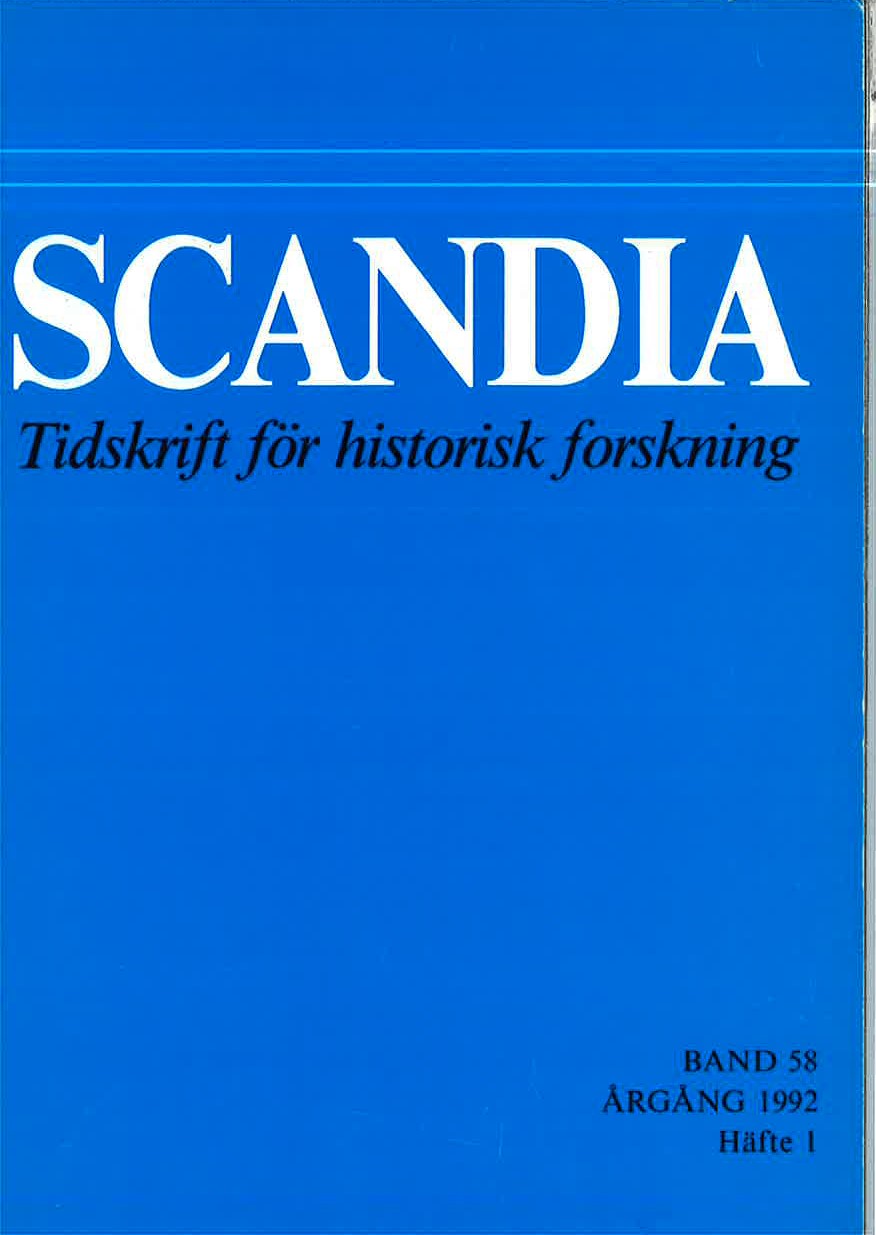Liknelsen om konung Albrekt: Skämtet och löjet som politiskt vapen i en medeltida rimkrönika
DOI:
https://doi.org/10.47868/scandia.v58i1.24848Keywords:
rhymed chronicle, Parable of King Albrekt, ridicule, jestAbstract
The Parable of King Albrekt, in the form in which it is now known, comprises 225 verses. Only one manuscript is preserved, from the 1430s, containing the first 116 verses, while the rest of the poem is known only through a printed edition published in 1616 by Johannes Messenius.
The parable is an allegorical attack on the Mecklenburg regime and the actions of its supporters in Sweden. The poem must have been written during the time between King Albrekt's capture at Åsele in 1389 and his release and final clash with Queen Margareta in 1395. There is also a close agreement between the Parable and the manifestos and proclamations issued by the queen and her supporters as part of the struggle for the castles and the castle fiefs (units administered for the crown by captains and bailiffs). The intention. was partly to make thê broad masses accept the new regime, partly to bring order to the country's economy by making the peasantry accept increased financial sacrifices.
The methods used to influence the peasantry were ridicule and jest. It was essential to make the German intruders and their collaborators appear as ridiculous as possible. The poem presents them as incompetent upstarts, lacking both birth and wealth but stiÌl trying to masquerade as genuine knights and nobles. The author mocks their clumsy attempts to live up to the courtly ideals extolled by the poem. The author is a prisoner of his own aristocratic conceptual world, lacking the ability to bridge the gap between this and the reality of the peasants. The Parable is the first, not wholly successful, attempt to mobilize the support of the peasantry in political struggles. This would later be increasingly common, but people had not yet learned what was necessary for it to be effective.
Translated by Alan Crozier





